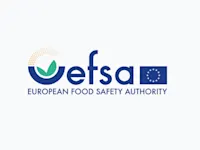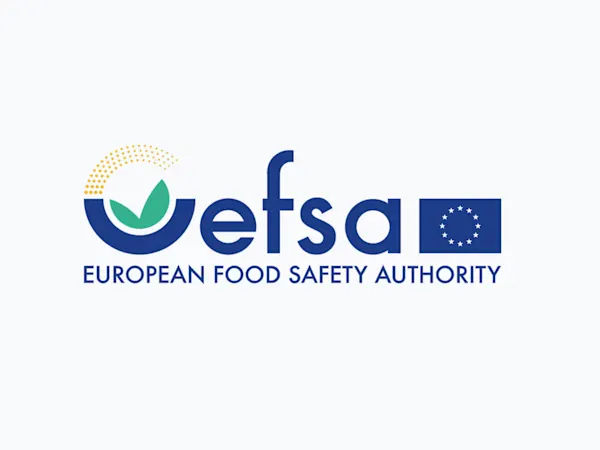
EU Ministers Press Commission on Delayed REACH Revision Amid Industry and Environmental Demands
EU Member States urge the Commission to accelerate the REACH revision, citing urgent health, environmental, and industry competitiveness needs.


The European Chemicals Agency (ECHA) has announced that the Netherlands has formally submitted an intention to classify barium chromate as a Substance of Very High Concern (SVHC) under the EU's REACH regulation. This substance, notorious for its hazardous properties, is under intense scrutiny due to its carcinogenic and mutagenic risks, among other significant health and environmental concerns.
Barium chromate, identified by its chemical formula BaCrO4 and CAS number 10294-40-3, is widely used across various industries. Its applications range from the production of pigments, where it is known as Pigment Yellow 31, to its use in explosives, coatings, and adhesives. The substance is also prevalent in the mining and construction sectors, where it is employed in various formulations and re-packaging processes.
Despite its utility, the hazardous nature of barium chromate cannot be overlooked. The substance is classified as toxic if ingested, fatal if inhaled, and harmful upon contact with skin. It is also suspected of causing cancer and genetic defects, making it a significant risk to human health. Additionally, Barium Chromate is highly toxic to aquatic life, with effects that can persist in the environment for extended periods.
Barium chromate poses several severe health risks, with a high degree of certainty confirmed by multiple data submitters. According to CLP (Classification, Labelling and Packaging) notifications:
These classifications are based on submissions from companies and stakeholders within the EU, underscoring the serious concerns surrounding the use and exposure to barium chromate.
The Dutch submission of barium chromate for SVHC classification marks the beginning of a crucial phase in the regulatory process. The intention was officially registered on 22 July 2024, with ECHA overseeing the preparation of the dossier, which is expected to be submitted by 3 February 2025. This process will include an accordance check to ensure the dossier meets the rigorous standards set out in Annex XV to REACH.
Once the dossier is submitted and reviewed, barium chromate may be officially identified as an SVHC. If classified as such, it will be added to the Candidate List, a move that could lead to further regulatory actions, including potential restrictions or the requirement for authorisation before the substance can be used or placed on the market.
ECHA encourages stakeholders, including industries that use barium chromate, to participate in the consultation process. Stakeholders with relevant information on the substance's identity or hazard properties are invited to submit their data. This participatory approach is vital to ensuring that all available information is considered before a final decision is made on the substance’s classification.
The potential SVHC classification of barium chromate reflects the EU's ongoing commitment to protecting public health and the environment by closely monitoring and regulating hazardous chemicals. Industries currently using Barium Chromate are urged to assess their operations and consider the implications of the potential classification. Exploring safer alternatives may become necessary as the regulatory process advances.
As ECHA moves forward with its review, industries and other stakeholders should prepare for possible changes in regulations. This may include re-evaluating the use of barium chromate in products, processes, and supply chains. Organisations may also need to engage in the consultation process to provide their perspectives and data, which could influence the final outcome.
Foresight continuously tracks 1000s of sources and maps updates to your portfolio:




EU Member States urge the Commission to accelerate the REACH revision, citing urgent health, environmental, and industry competitiveness needs.

The EU has classified DBDPE as a substance of very high concern (SVHC) due to vPvB properties, affecting manufacturers and downstream users of flame retardants.

EFSA launches consultation on updating its Weight of Evidence and Biological Relevance guidance, aiming to streamline chemical risk assessment practices.
Subscribe to Foresight Weekly and get the latest insights on regulatory changes affecting chemical compliance.
Free forever. Unsubscribe anytime.
Read by professionals at